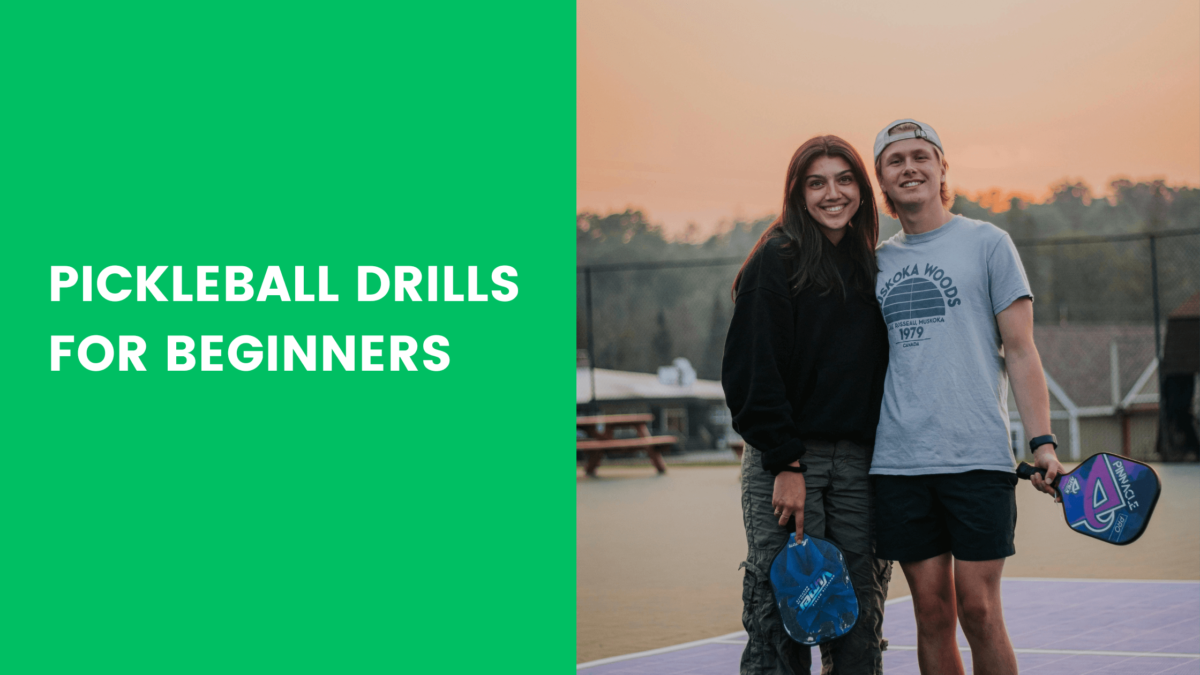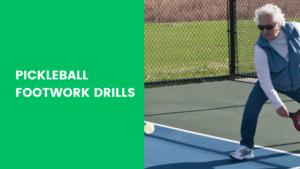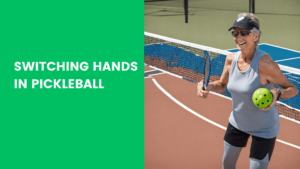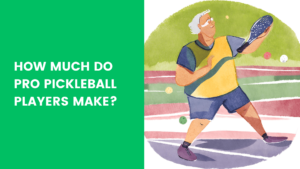So, you’ve heard about pickleball and you’re eager to get started, right? Well, you’re in the right place! Pickleball is a fantastic sport that’s been growing like wildfire. It’s easy to learn but, like any sport, mastering it takes practice. That’s where drills come in. In this article, we’ll dive into a variety of pickleball drills tailored for beginners, helping you build a solid foundation and boost your game.
Why Drills Are Essential for Beginners
Drills are the bread and butter of any sport, and pickleball is no exception. They help you:
- Build Fundamental Skills: Drills focus on specific aspects like serving, volleying, and dinking, essential for a solid game.
- Improve Confidence: Repetition in a controlled environment makes you more confident during actual games.
- Enhance Physical Fitness: Regular drills improve your agility, reflexes, and overall fitness.
Basic Pickleball Equipment
Before you hit the court, make sure you have the right gear:
- Paddle: Lightweight and easy to handle, choose one that suits your style.
- Balls: Pickleballs come in indoor and outdoor variants. Ensure you have the right one for your playing conditions.
- Court Shoes: Proper footwear with good grip and support is crucial.
- Apparel: Comfortable, moisture-wicking clothing keeps you cool and flexible.
Pickleball Drills For Beginners
Warm-Up Drills
Never skip the warm-up. It’s vital for preventing injuries and getting your muscles ready. Start with:
- Stretching Exercises: Focus on your legs, arms, and shoulders.
- Light Cardio: A brisk walk or a gentle jog gets your heart rate up and muscles warm.
Paddle Control Drills
Getting a feel for your paddle is step one. Try these:
- Bounce and Catch Drill: Bounce the ball on your paddle and catch it. It’s great for hand-eye coordination.
- Wall Rally Drill: Hit the ball against a wall and try to keep a rally going.
- Paddle Balancing: Balance the ball on your paddle while walking around. It improves your control and stability.
Footwork Drills
Good footwork is essential. Practice these moves:
- Side-to-Side Shuffles: Move quickly from side to side, mimicking game situations.
- Forward and Backward Movements: Improve your ability to move quickly to the net and back to the baseline.
- Pivoting and Turning: Work on your ability to change direction swiftly.
Read also
Serving Drills
Serving is where every point begins. Get it right with:
- Target Practice: Place targets in different areas of the service box and aim for them.
- Consistency Drills: Focus on serving a certain number of balls without missing.
- Spin Serves: Experiment with adding spin to your serves to make them more challenging for your opponent.
Return of Serve Drills
Returning serve is an art. Hone it with:
- Anticipation and Reaction: Have a partner serve to you and practice quick reactions.
- Placement Practice: Work on returning the ball to specific areas of the court.
- Varying Depths and Angles: Adjust your returns to keep your opponent guessing.
Dinking Drills
Dinking is all about finesse. Get the hang of it with:
- Soft Touch Practice: Focus on hitting the ball softly over the net.
- Cross-Court Dinks: Practice placing your dinks cross-court to make them harder to return.
- Dinking Rallies: Engage in prolonged dinking rallies to build endurance and control.
Volleys and Net Play Drills
Net play can be a game-changer. Sharpen your skills with:
- Punch Volley Technique: Practice short, sharp volleys.
- Reflex Volleys: Improve your reflexes with fast-paced volley drills.
- Net Positioning: Work on your positioning at the net to maximize your reach and control.
Groundstroke Drills
Your groundstrokes are your bread and butter. Drill them with:
- Forehand Practice: Repetition is key to a reliable forehand.
- Backhand Practice: Don’t neglect your backhand; it’s just as important.
- Cross-Court Rallies: Engage in cross-court rallies to practice hitting angles.
Smash and Overhead Drills
Master your smashes and overheads with:
- Timing and Accuracy: Focus on hitting the ball at the highest point for maximum power.
- Power Generation: Work on using your whole body to generate power.
- Defensive Lobs: Practice defending against smashes with high, deep lobs.
Game Simulation Drills
Simulating game conditions can be incredibly beneficial. Try:
- Mini-Games: Play short, focused games to work on specific aspects of your game.
- Point Play Scenarios: Set up scenarios to practice playing out different points.
- Doubles Coordination: If you play doubles, work on coordination and communication with your partner.
Cool-Down and Stretching
After a good session, cool down properly to aid recovery:
- Effective Stretches: Focus on all major muscle groups, holding each stretch for at least 30 seconds.
- Relaxation Techniques: Incorporate deep breathing and relaxation exercises to wind down.
Conclusion
There you have it, a comprehensive guide to pickleball drills for beginners. Remember, consistency is key. The more you practice, the better you’ll get. So grab your paddle, hit the court, and start drilling your way to pickleball success!
FAQs
What is the best way to start learning pickleball? Starting with a good understanding of the rules and basic techniques is essential. Joining a beginner’s class or finding a mentor can be very helpful.
How often should beginners practice drills? Aim to practice drills at least 3-4 times a week to build muscle memory and improve your skills rapidly.
What are the common mistakes beginners make in pickleball? Common mistakes include poor footwork, inconsistent serving, and lack of communication in doubles. Focus on drills that target these areas.
Can pickleball drills help in playing competitively? Absolutely! Drills improve your skills, reflexes, and game strategy, which are crucial for competitive play.
What equipment is essential for a beginner in pickleball? A good paddle, pickleballs, comfortable court shoes, and proper attire are essential for starting out in pickleball






Pingback: Mastering the Two-Handed Backhand in Pickleball - All about pickleball